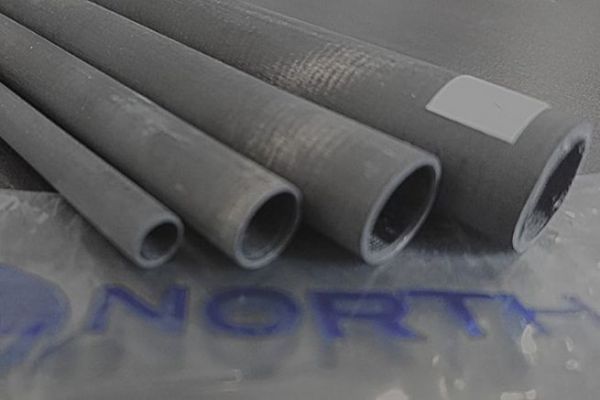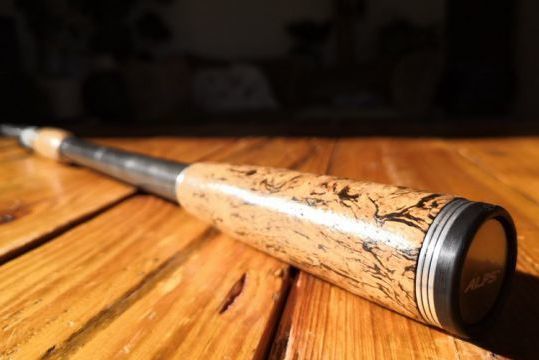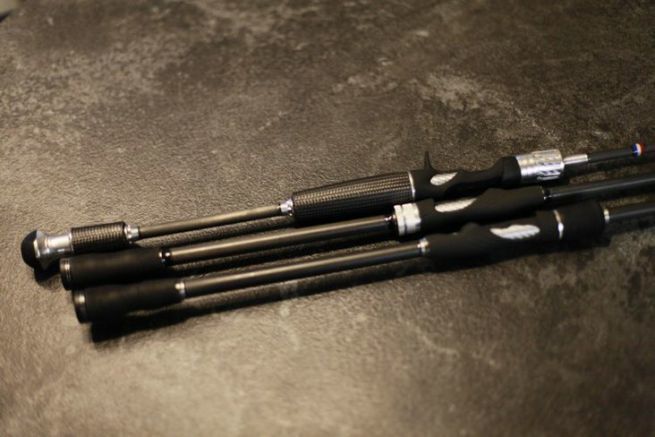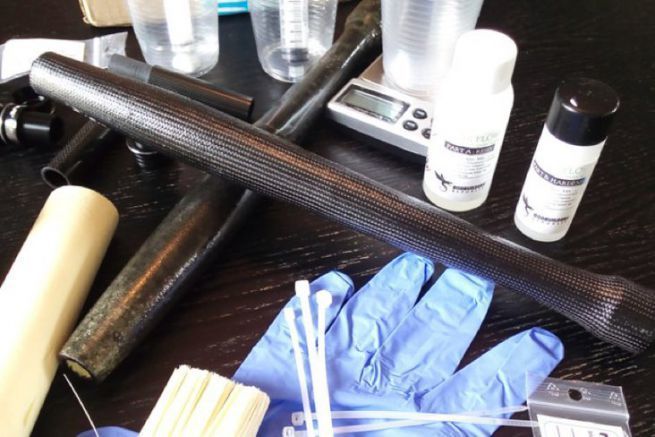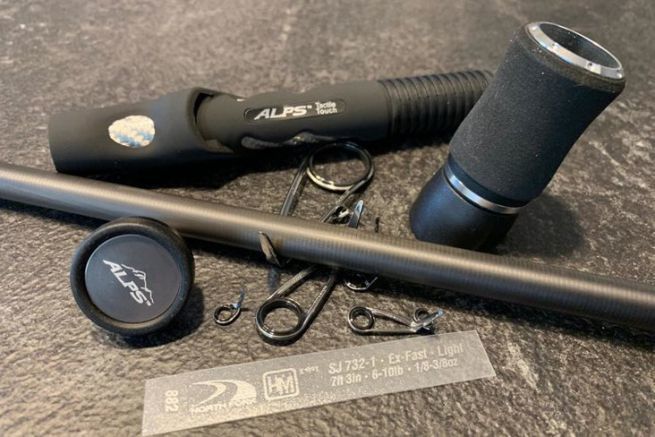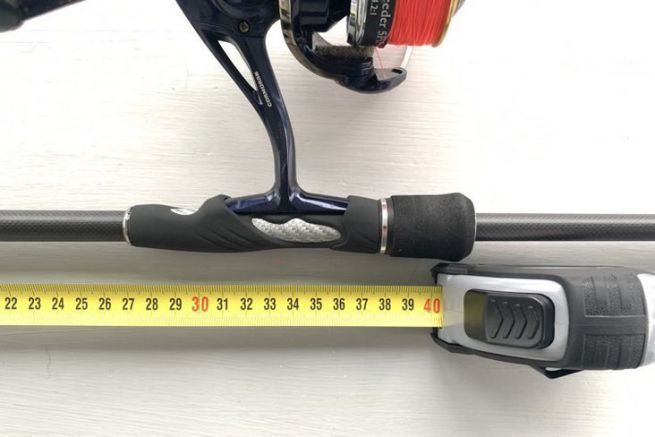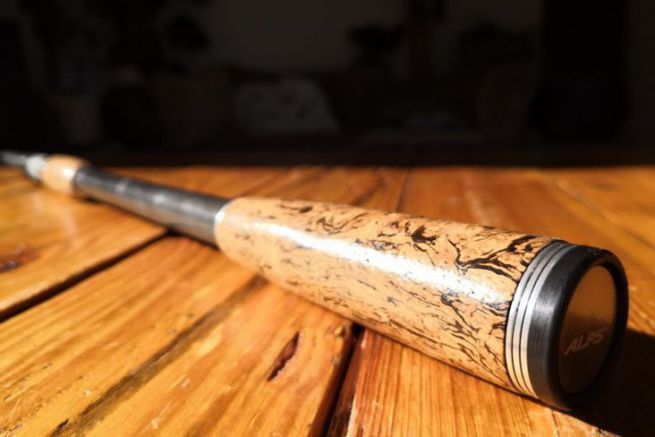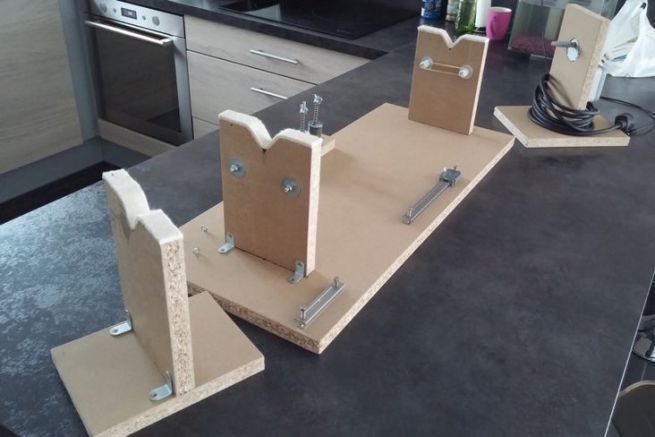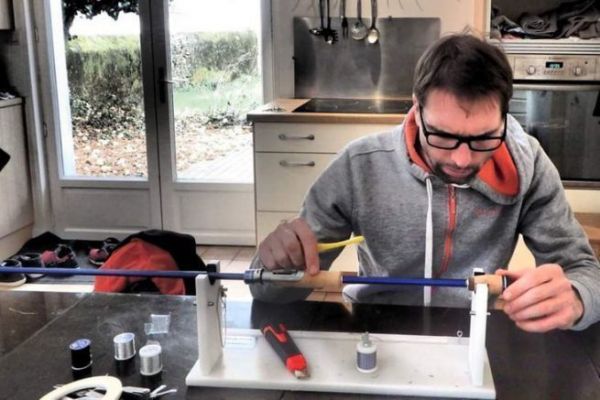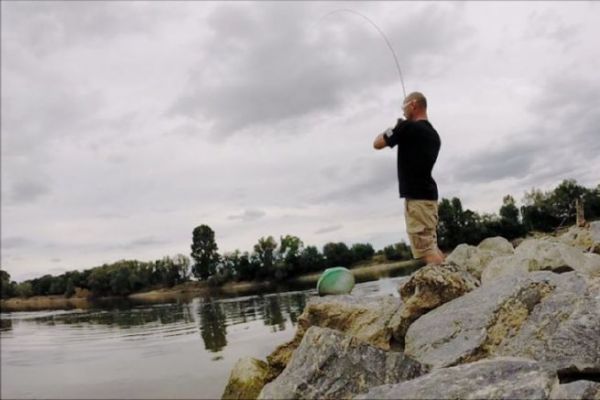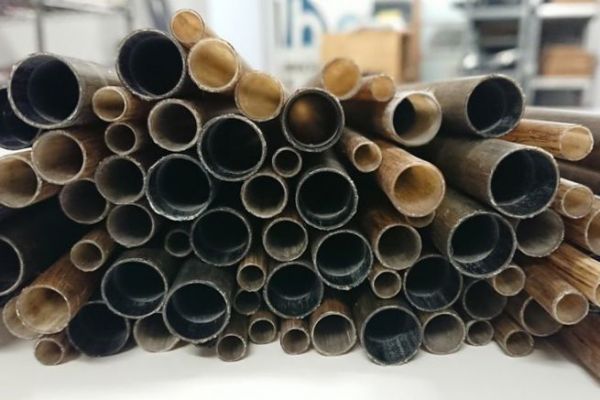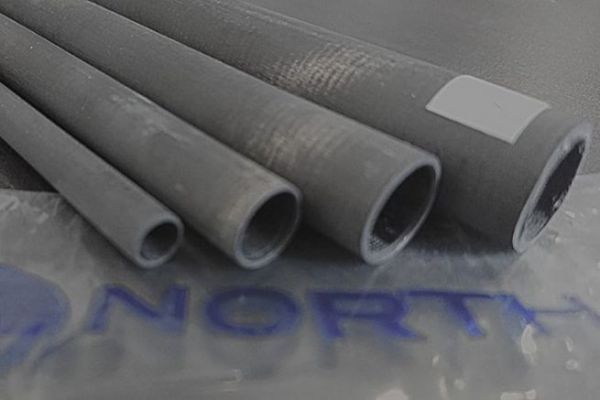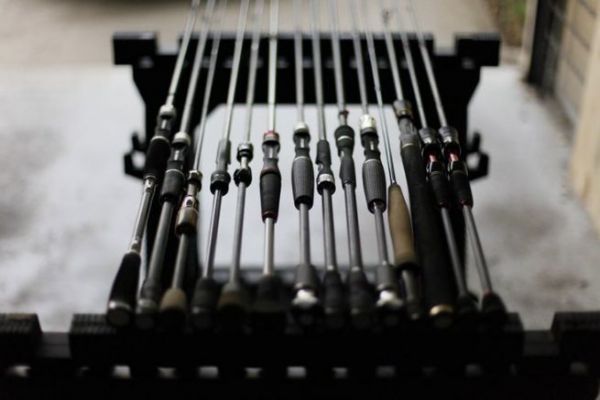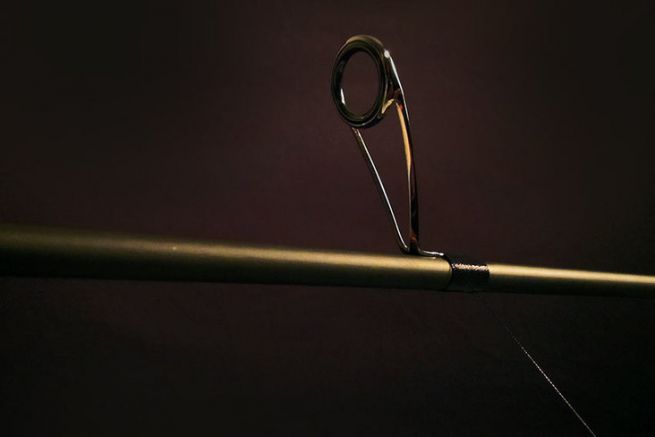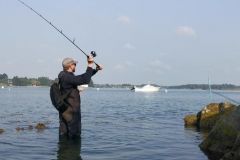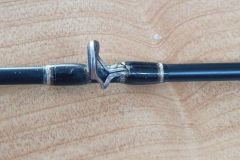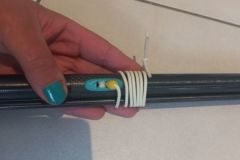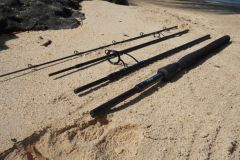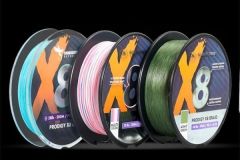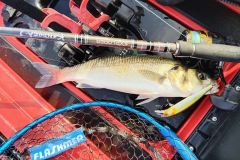There are blanks that can cast 60 g and catch sea bass, but there are also blanks that have the same power range, but can bridle a tuna... Anyone who can tell the difference between these two fish understands that these two blanks must be intrinsically very different!
Various manufacturer data
So length, action, power (of throw!), but not only that... A brief technical explanation is necessary to understand what follows!
On a product sheet you will find three essential measurements:
- the butt section, i.e. the widest part, corresponding to the butt of the rod
- the tip section, which corresponds to the tip diameter
- the weight of the blank, which determines the amount of material and therefore the thickness of the blank.
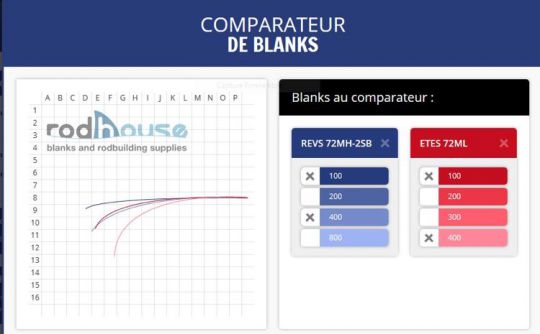
By using a blank comparator, but also by comparing this data with that of other well-known blanks, you can surmise the characteristics of the tool you covet.
The tip
In short, the tip section determines the blank's casting range and its ability to animate different lures. It is indicated in mm or... 64th of an inch! I'll let you do the math, knowing that 1 inch = 2.54 cm.
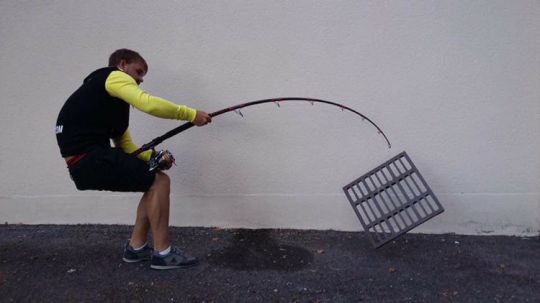
Butt and weight
The butt section (announced in inches) determines the blank's power reserve. However, this must be considered in relation to the amount of material in the blank, i.e. its thickness (and therefore weight). The more material, the greater the power reserve.
... And geometry
So if we relate the diameter of the butt to that of the tip, we can determine the blank's taper (its general shape) and assume its main characteristics.
For example, the more tapered a blank is (i.e. with a large butt and a very small tip), the faster its action is likely to be, the more likely it is to be able to cast small lures and the more power it has in reserve. This is how, with a large taper and a thick carbon blank, you get blanks capable of catching tuna weighing 150 kg or more and yet capable of casting lures weighing 60 grams!
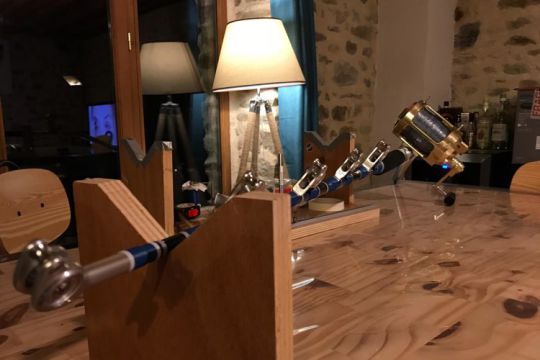
Length, power, action, geometry, quality of materials used, you now have all the data you need to understand the mechanics of a blank and make your choice. In absolute terms, the first 3 are quite sufficient, as materials and geometry are translated into other terms in your research and representations: resonance, solidity, action, power reserve... Qualities you can find on the product sheets, but also on the Rodhouse forum. In fact, many references are tried and tested, and there's no doubt about the intended use of these blanks.

 /
/ 